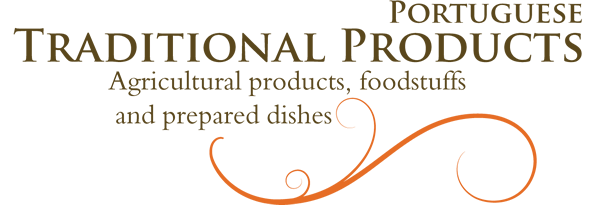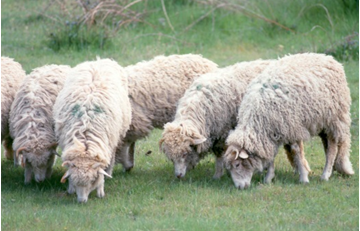Description: The Borrego Terrincho PDO meat, obtained from Churra da Terra Quente breed (popularly referred to as "terrincha"), is pale, tender, with almost no fat and still retaining the typical milk-fed flavour. Commercially, the Borrego Terrincho PDO comes in refrigerated carcasses or packaged parts. The carcasses are only available in November, December, January, March, April, June, July or August.
Production method: The lambs are fed on maternal milk. Nonetheless, from the 2nd week onwards their diet can be supplemented with hay and natural pastures. The ewes are fed in accordance to the traditional feeding management. The lambs are slaughtered at weaning, which takes place at the 3rd or 4th week of life, with a live weight of up to 12 kg.
Special features: The Churra da Terra Quente is a mediolinear breed with three aptitudes: meat, milk and wool. Being the milk mainly used in the production of the Queijo Terrincho PDO, the meat production focused on the valuation of lambs, which became a centerpiece of the local gastronomy.
Production area: The production area of Borrego Terrincho PDO is located in the Terra Quente e Vale do Douro Superior region and coincides with the geographical area of Queijo Terrincho PDO. Occupying near 4000 km2, it encompasses much of the Bragança district (municipalities of Alfândega da Fé, Carrazeda de Ansiães, Freixo de Espada à Cinta, , Mirandela, Mogadouro, Torre de Moncorvo e Vila Flor, part of the municipalities of Macedo de Cavaleiros and Valpaços) as well as some areas of the districts of Guarda (the municipality of Vila Nova de Foz-Côa, part of the municipalities of Figueira de Castelo Rodrigo and Meda) and Viseu (part of the municipality of São João da Pesqueira).
History: The soil, climate and cultural specificities of Terra Quente e Vale do Douro Superior (dry climate, soils usually shallow and schistous, vast areas of mountains, fallow land, vineyards, olive and almond groves and their consociations) led the locals to face herding as a supplement to their agricultural activity. The Churra da Terra Quente breed (a crossbred between the Mondegueira and Badana breeds), given its adjustability to the local conditions, became, over the years, largely proeminent in the region. According to several historical records, the term "churra" (meaning sheep with thick wool) was already in use during the Middle Ages.
Product specification (pdf)
Producer group
OVITEQ - Cooperativa dos Produtores de Carne de Ovinos da Terra Quente, C.R.L
Control and certification body
TRADIÇÃO E QUALIDADE - Assoc. Interprof. Produtos Agro-Alimentares de Trás-os-Montes
Control plan
Control plan (pdf)
Publication in EU official journal
Regulamento (CE) n.º 1107/96 da Comissão – L148 21.06.1996
Publication in the Portuguese official journal
Despacho n.º 11/1994 – 26.01.1994
Aviso n.º 2601/2005 – 15.03.2005



